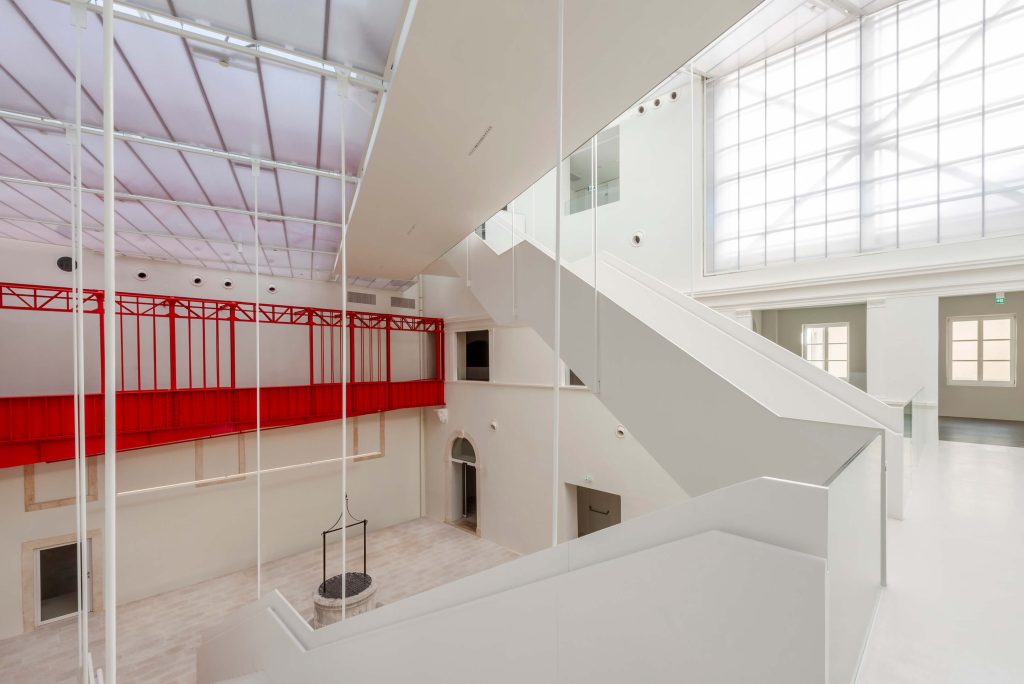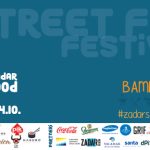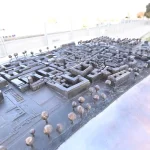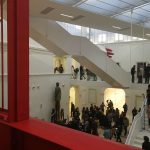The City of Zadar has finally found a solution for the future of the Two Palaces: starting from July this year, the artworks from the National Museum of Modern Art in Zagreb will move into the premises of the Proveditor and Rector’s Palaces. With this Agreement of Cooperation signed by the City of Zadar, the Ministry of Culture and Media, and the National Museum of Modern Art, Zadar has become a new centre of modern art in Croatia.
The way to achieve this result has been paved by Dina Bušić, the city’s head of culture. She’s confident that thanks to this enormous renewal commitment, Zadar will be rediscovered for its archaeological history, tourism, it’s architectural treasures such as the well-known Greeting to the Sun and the Sea Organ, and eventually as a centre for Croatian modern art.
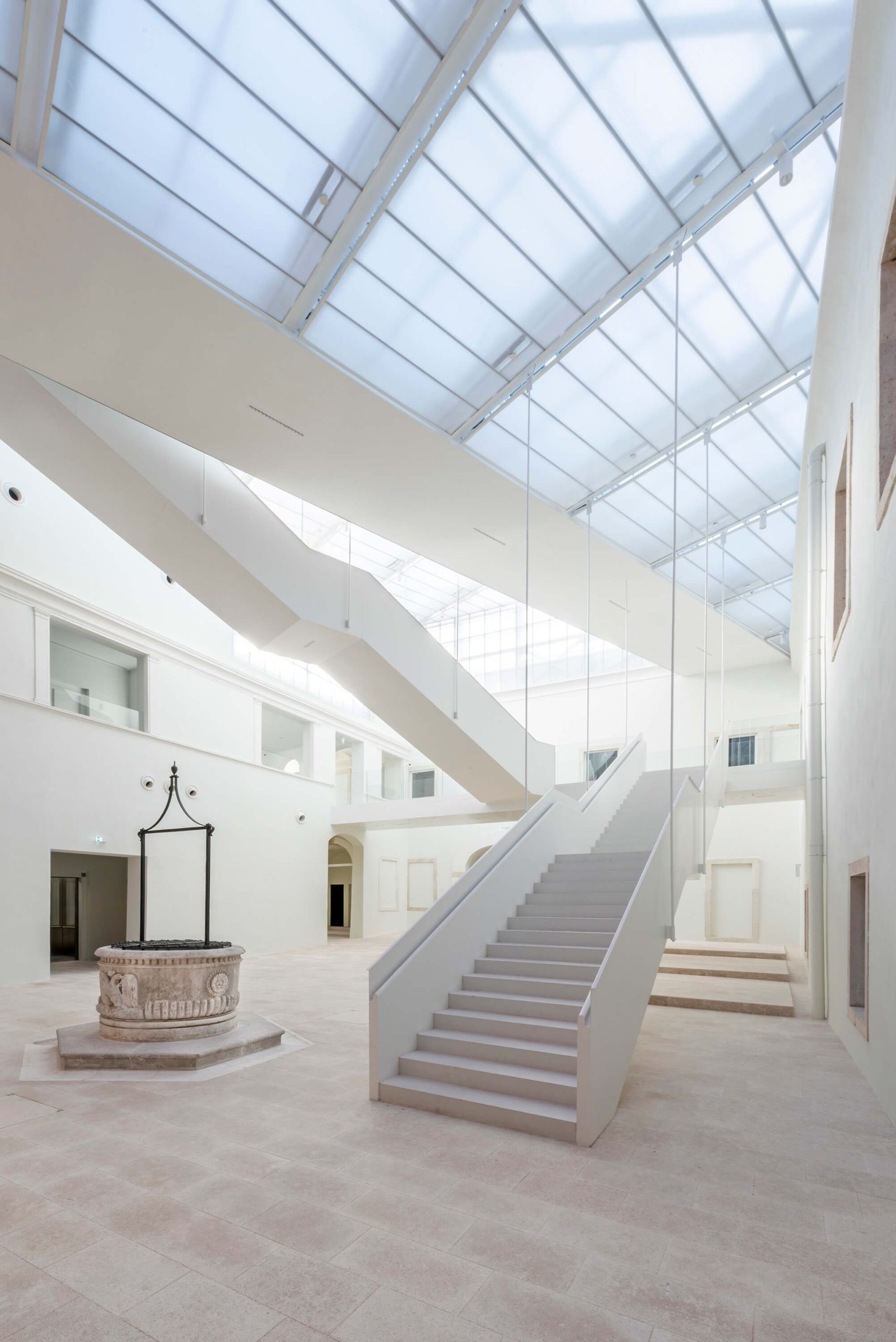
Image: Bosnic / Dorotic
Dina Bušić, could you please give our readers a brief history of the Rector’s and Proveditor’s palaces?
For centuries Rector’s and Proveditor’s palaces were the centre of secular power in Zadar and Dalmatia. The construction was done in stages: Rector’s Palace was built during the Middle Ages and instead Proveditor’s Palace in the late Renaissance. The buildings have undergone numerous adaptations over time. Although architecturally connected and with a similar purpose, they remained functionally separated until 1870, when under Austrian rule, they were bound and arranged for the new administrative complex of the Zadar Government.
The Rector’s Palace is located in the western part of the Two Palaces complex, and it is the oldest building. It was first mentioned in historical documents in 1288 as the gathering place of the city council of the independent medieval municipality of the city of Zadar. Under Venetian administration, the city duke was housed here. In the 17th century, the Proveditor’s Palace was added on the east side. The year 1607 is engraved in an inscription on the façade. The General Proveditor of Dalmatia and Albania was in a higher grade than all city princes and captains and resided in Zadar as this was the capital and the most important port on the eastern Adriatic coast.
What were the purposes of these 2 palaces before the Homeland War? Which institutions and cultural bodies operate within the Palaces?
After 1920, when Zadar passed under the Italian administration with the Treaty of Rapallo, the complex lost its former purpose. No practical purpose was found until the end of the Second World War when it became the site of various cultural institutions of the city of Zadar, so the people of Zadar called it the House of Culture. The City Library, the Blagoje Bersa Music School, the Croatian Singing Music Society Petar Zoranić, and Radio Zadar were located on the complex premises. At one moment, the Registry Office was also located here, where many Zadar residents got married.
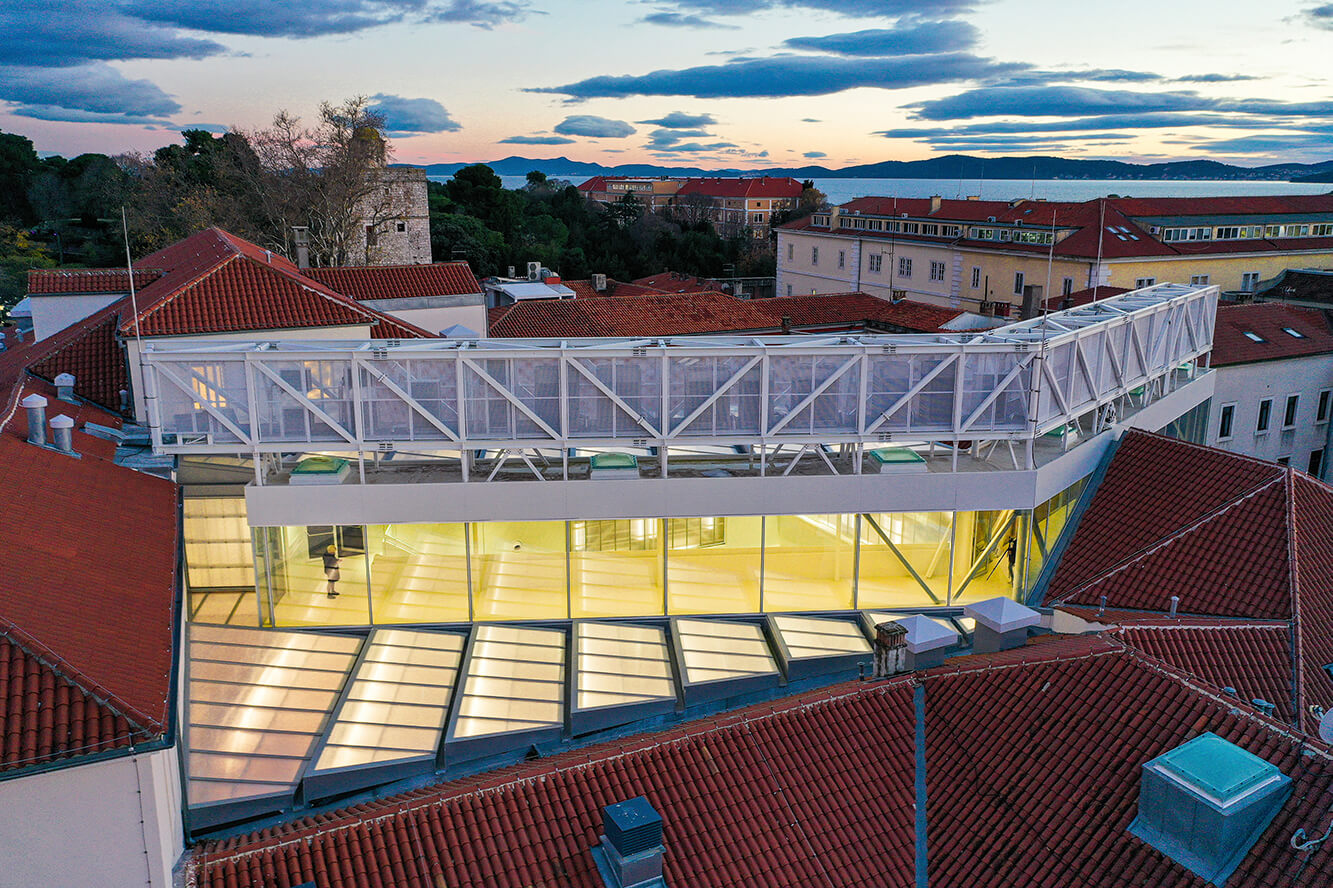
Image: Filip Brala
How were the Palaces damaged during the Homeland War?
These two palaces suffered enormous damage during the Homeland War. Several cannon shells hit the north and west wings of the Rector’s Palace and the south wing of the Proveditor’s Palace. The bombing raids that affected the palaces occurred in late 1991 and early 1992. A large part of the roof was destroyed, and the statics of the Rector’s Palace was damaged, and the structure suffered severe deformations. The building was declared unusable.
The Great and Small Concert Halls of the Blagoje Bersa Music School and the Croatian Singing Music Society Petar Zoranić Hall were destroyed in the Rector’s Palace. Also, all the musical instruments that were in these halls were destroyed. The city library was not affected but suffered significant damage to its rooms and inventory. The multimedia centre of Radio Zadar was hit, and the technical equipment was damaged.
When the renovation began, first the Rector’s and then the Proveditor’s Palace, who financed the reconstruction and designed the connection and the renovation of the Two Palaces?
The first reconstruction works started during the war – back in 1993. The Conservation Department in Zadar began collecting documentation and conducting an onsite inspection of the first floor of the Rector’s Palace. In 1999, extensive exploration, dismantling, and cleaning work developed a consolidation and complete renovation project. At the Rector’s Palace, for the first time in Zadar, a new method called “pulling the wall” was used, consisting of an iron rope to bring back the sloping north wall to a vertical position.
The renovation of the Rector’s Palace was fully completed through a project funded by the EU Structural Funds for 2007-2013. The renovation and touristic valorisation of the cultural and touristic complex of the Rector’s Palace began on October 2nd, 2014, and ended on September 30th, 2016. The project coordinator was the City of Zadar, and the implementing partners were the National Museum of Zadar, the Zadar Tourist Board, the Zadar County Development Agency – ZADRAnova, and the University of Zadar.
After the renovation of the Rector’s Palace, the City of Zadar continued with further investments in strategic infrastructural facilities of cultural heritage through the ZADAR HERITAGE project, which was co-financed under the Operational Program “Competitiveness and Cohesion” 2014-2020.
Renovation and connection of the palaces in the complex Two Palaces as a single unit were carried out based on a project developed by Iva Letilović and Igor Pedišić, which through a bold and attractive solution of the so-called snake, united the space of two palaces.
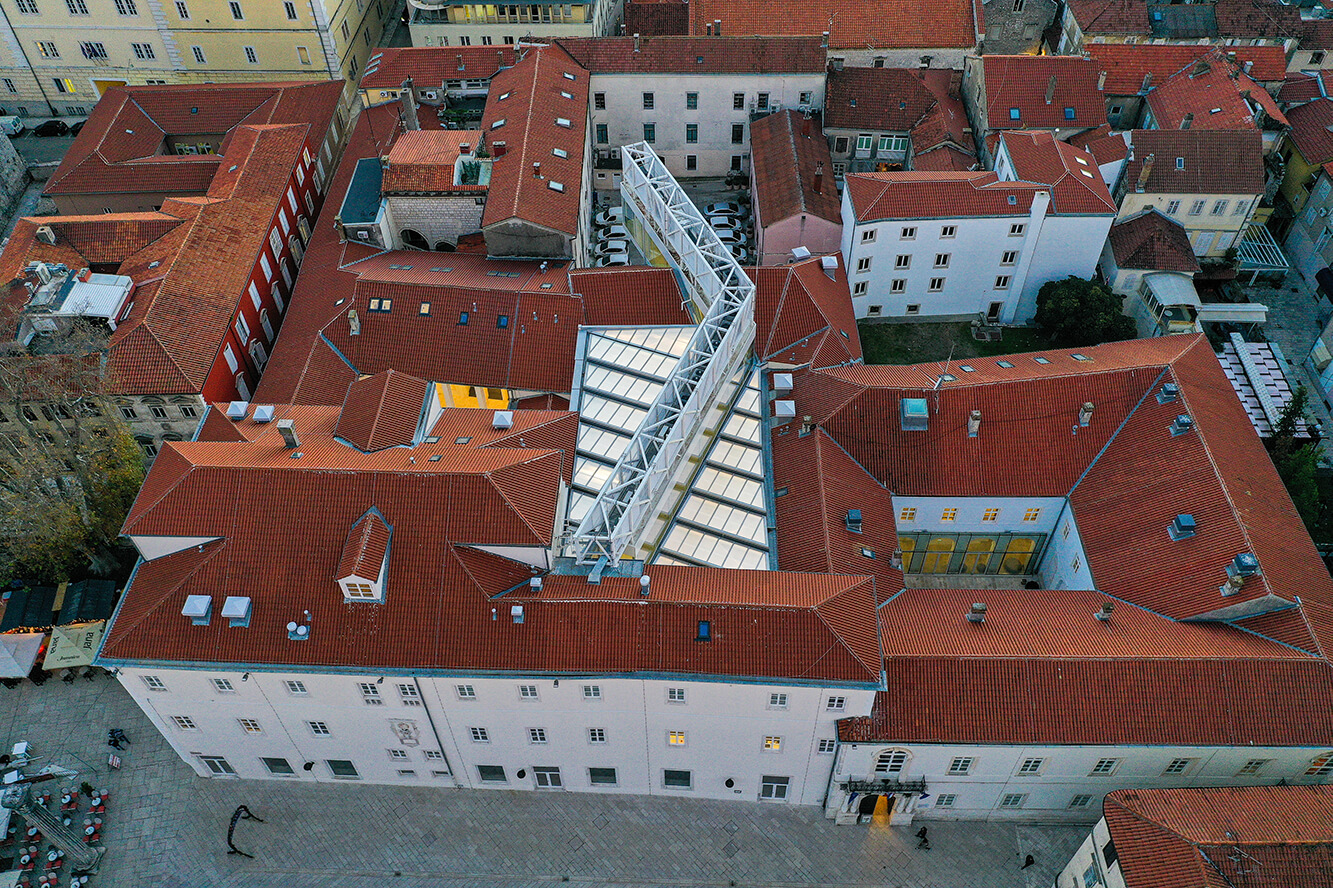
Image: Filip Brala
What is the purpose of the two palaces after the renovation, what are the contents, and how much will it mean for Zadar to enrich the cultural life and promote Zadar on the cultural map of Europe?
The Two Palaces complex is intended as a central place in maintaining the cultural life of Zadar with exhibitions, concerts, dance and theatre performances, film screenings during festivals, conferences, receptions, and other events from the cultural and social life of Zadar.
On the ground floor of the building, all the spaces and halls can serve as museum facilities, such as a museum shop, a reading room, an educational workshop, an entrance area, a cloakroom, and a space for catering activities. On the first and second floors, the halls for the permanent exhibition were reconstructed and arranged. On the third floor, closed halls were reconstructed and arranged.
What does the cooperation of the Two palaces with the National Museum of Modern Art (NMMU) mean?
NMMU is one of the collaborators of the Two Palaces, in the same way as the Zadar National Museum, with which we nurture long-term cooperation within the Rector’s Palace. Namely, there was a unique opportunity through which we, in collaboration with the director of NMMU, Branko Franceschi, crystallised the idea of the decentralisation of national artistic treasures.
It means that they will find a second home here in Zadar and that we will have the greatest works of the late 19th and 20th centuries from Croatia here available to everyone in a precious art space. I am convinced that having our Croatian national art in the heart of Zadar is one of the best experiences that visitors can have and that with this approach, we will open the door to a whole new series of collaborations.
When can we expect the first exhibition?
We will soon hold a press conference and present a detailed program. We will open on April 20th with a rich program of arts, music, books, and films. In ten days, The Two Palaces will offer more than thirty events. Stay tuned, and all be welcome!
Lifestyle: For more, check out our lifestyle section

